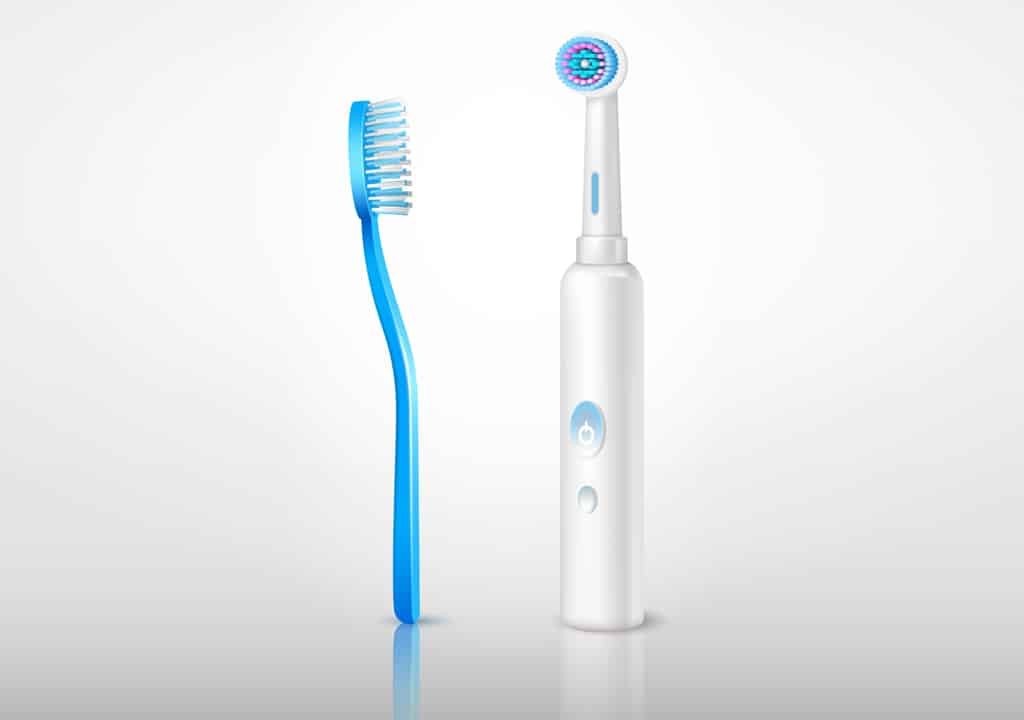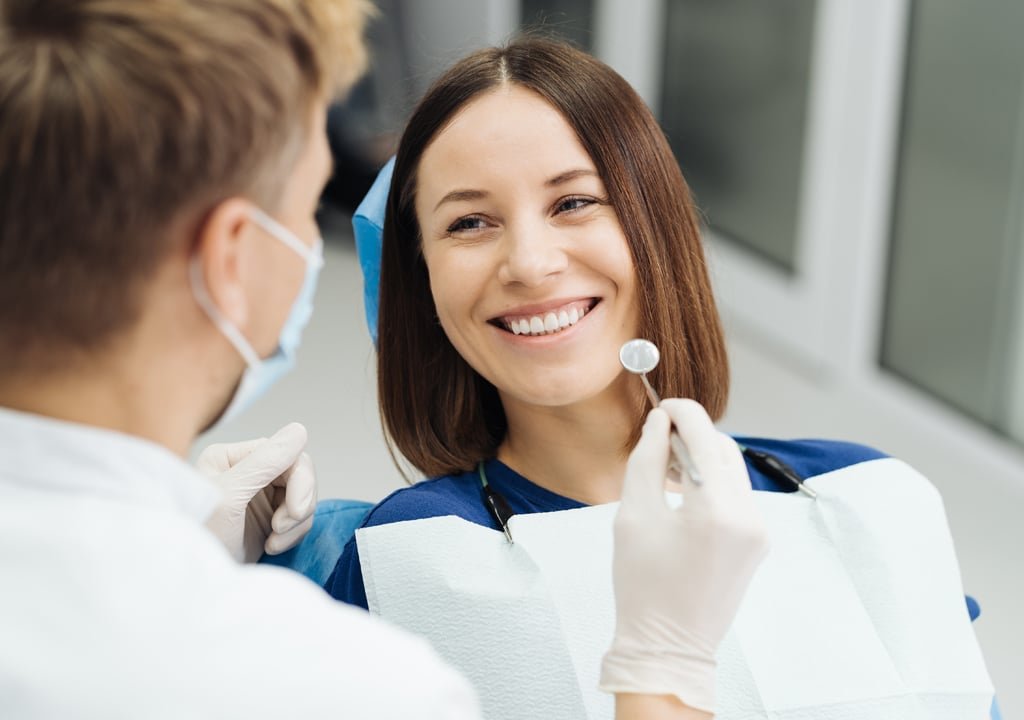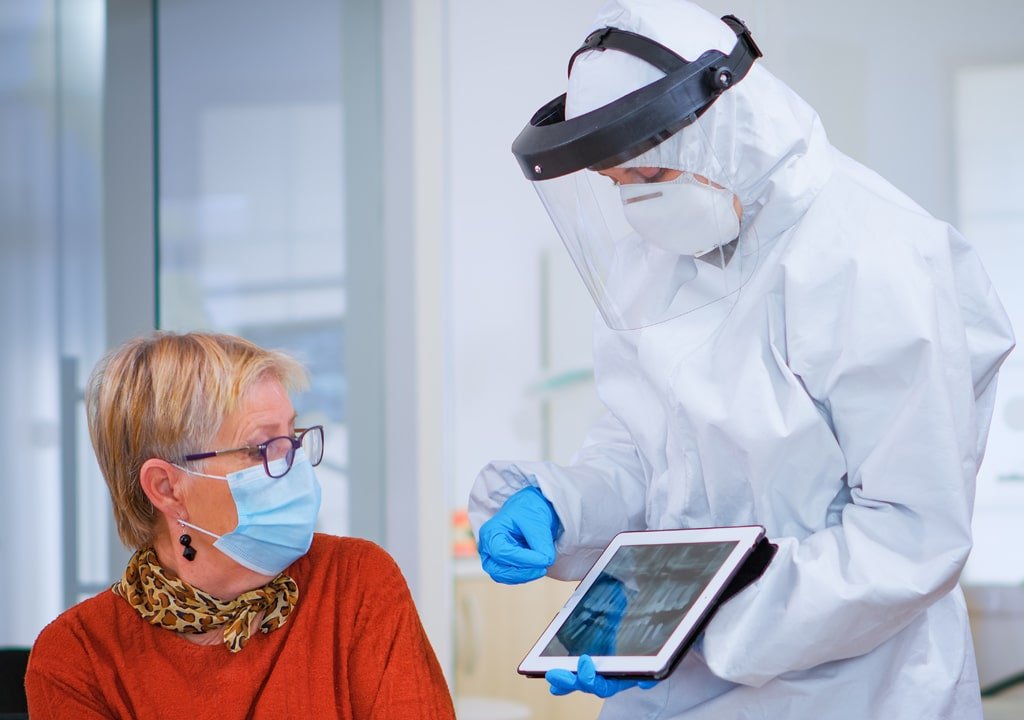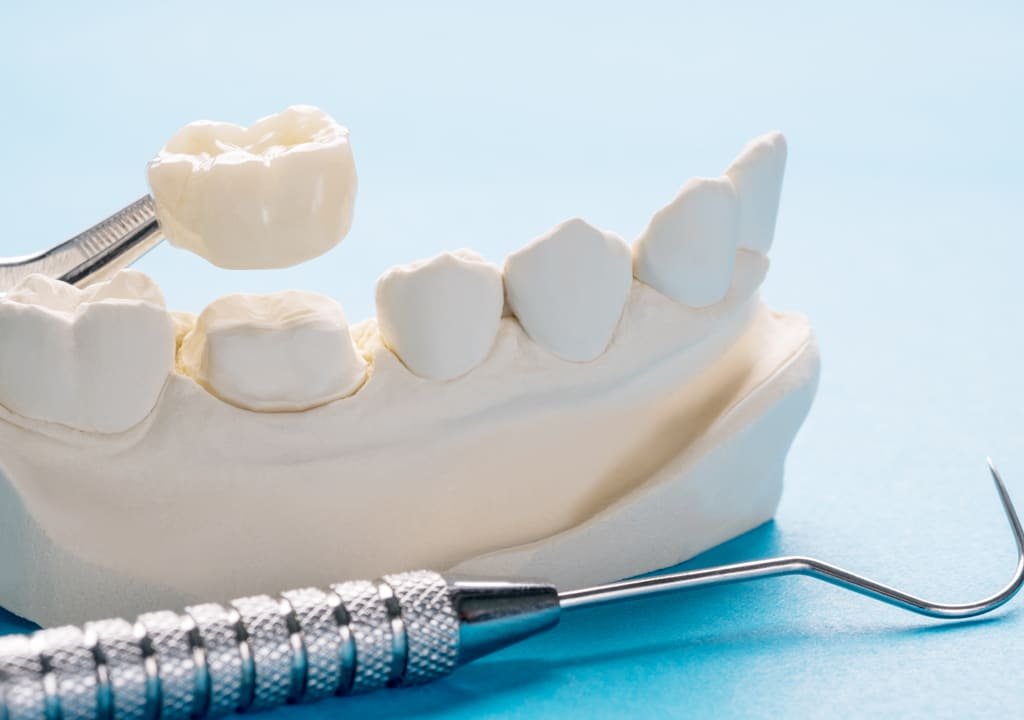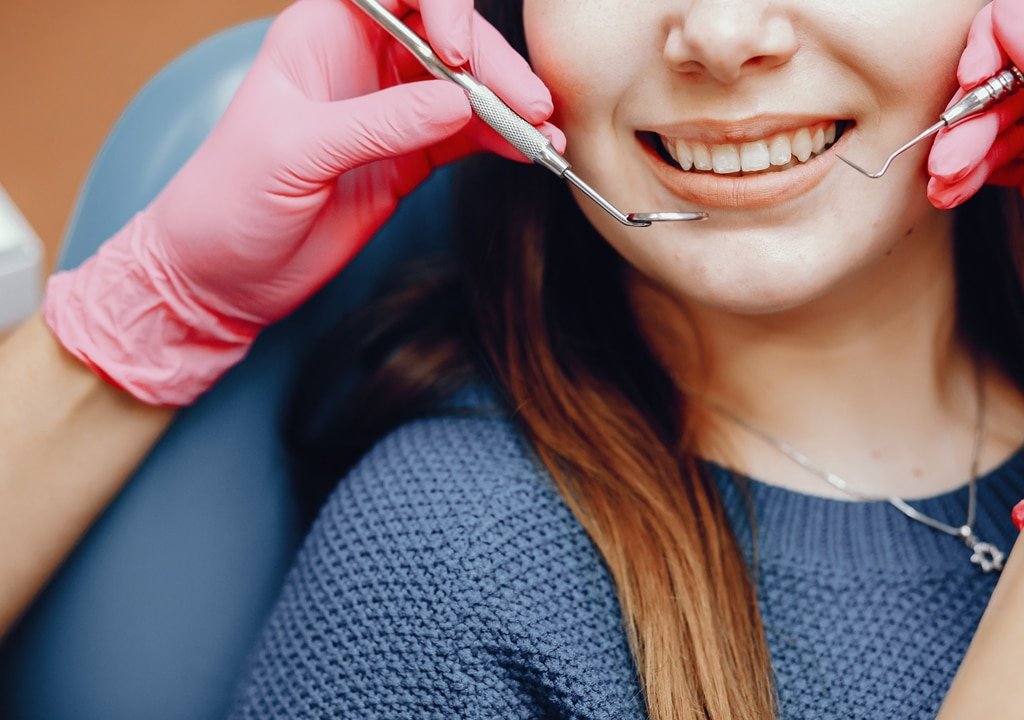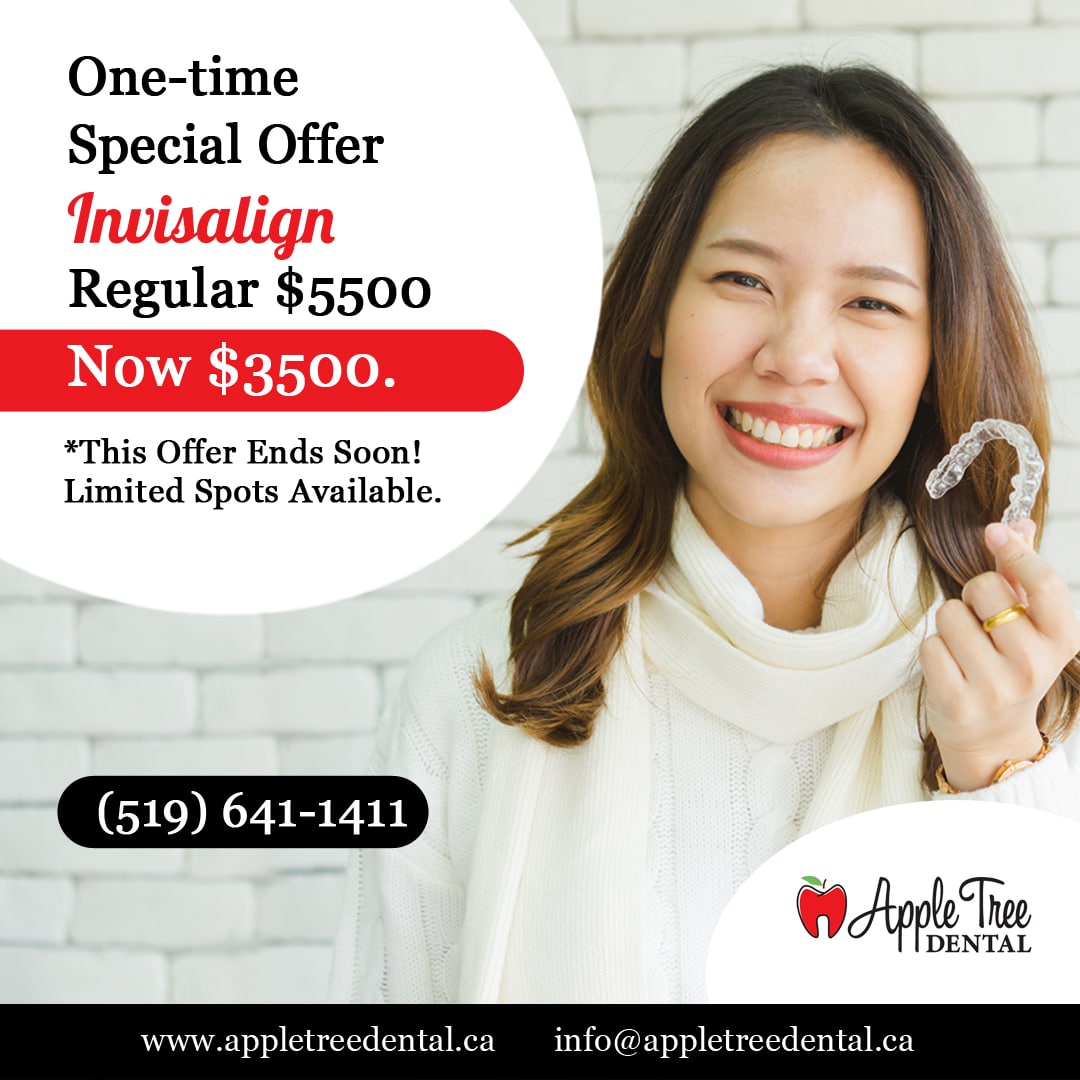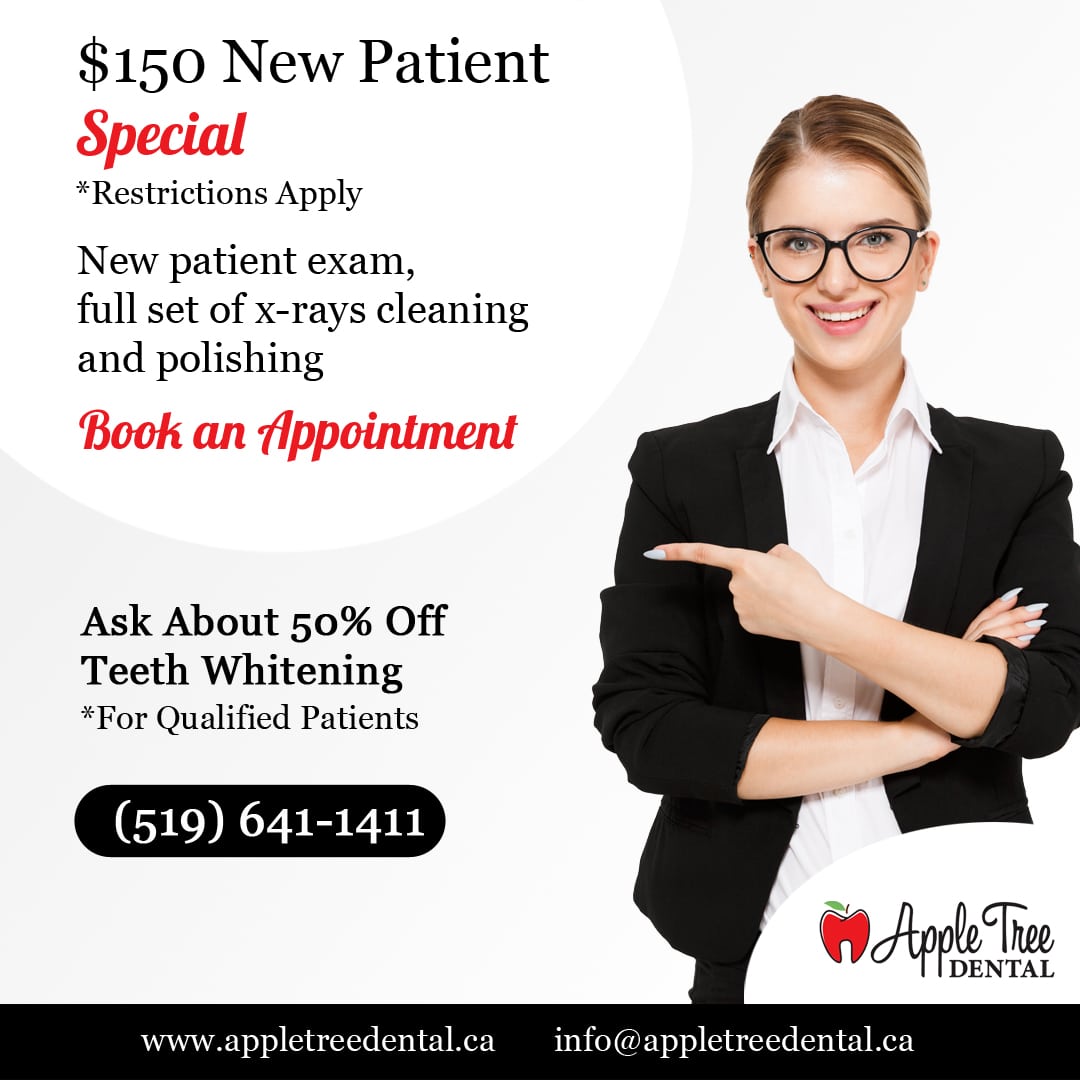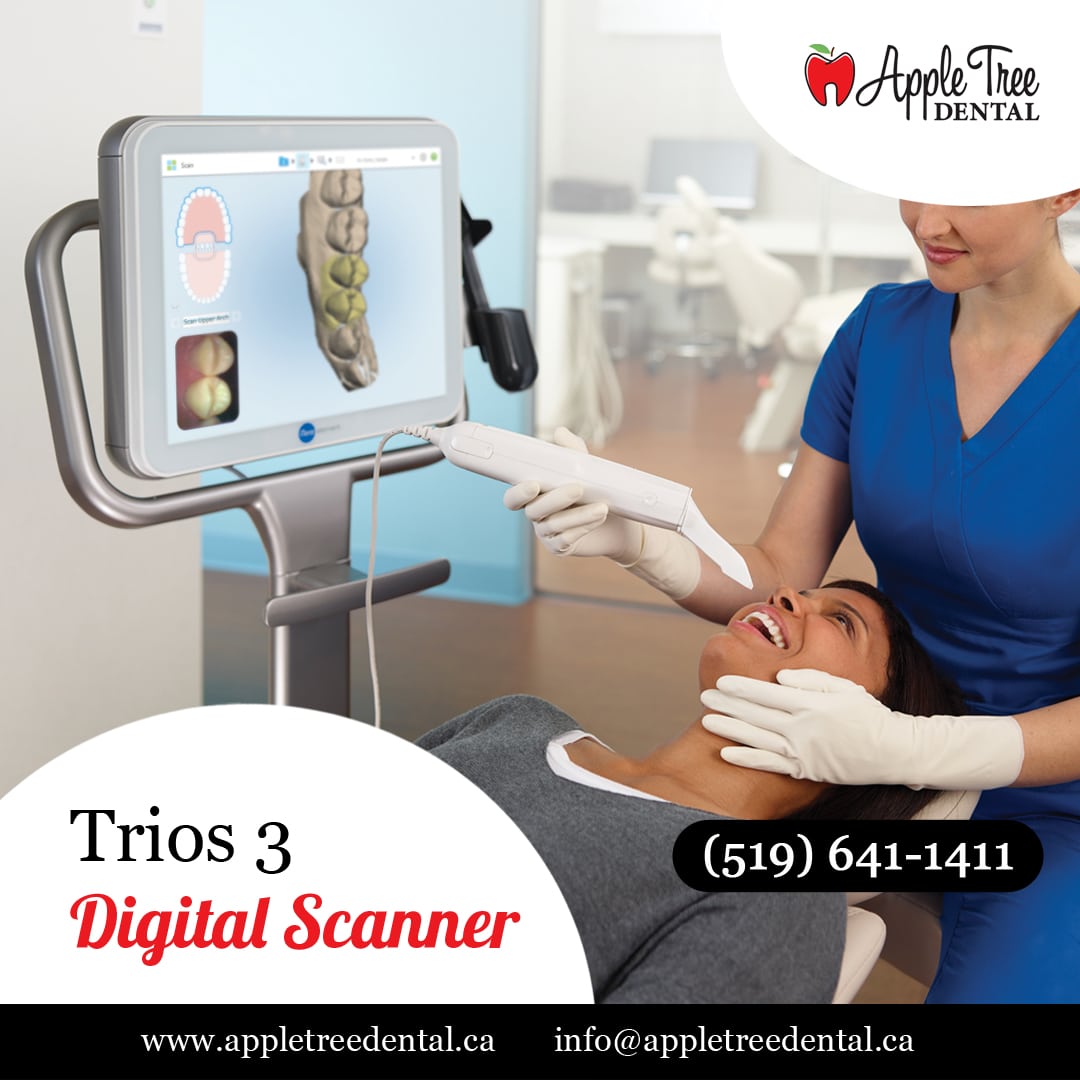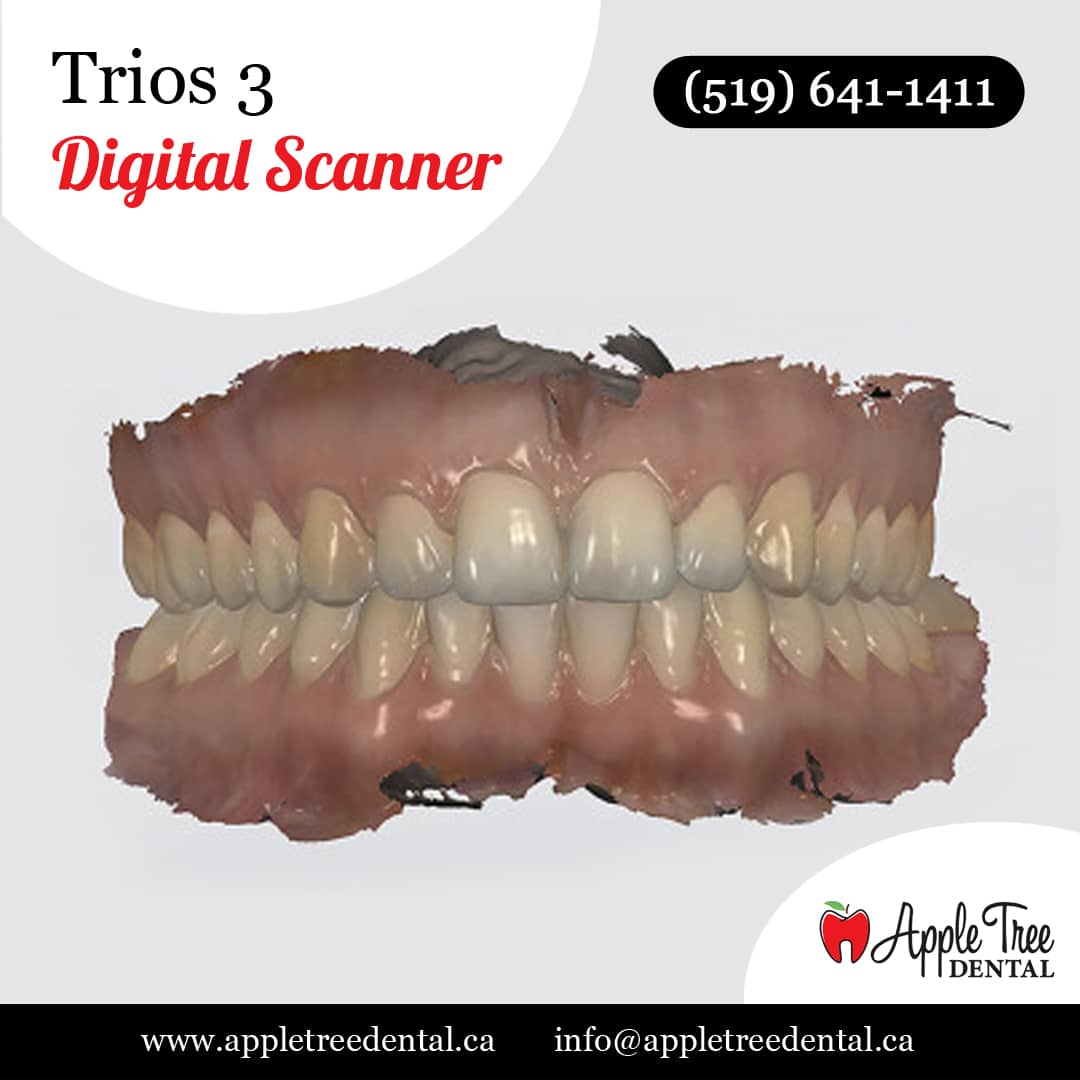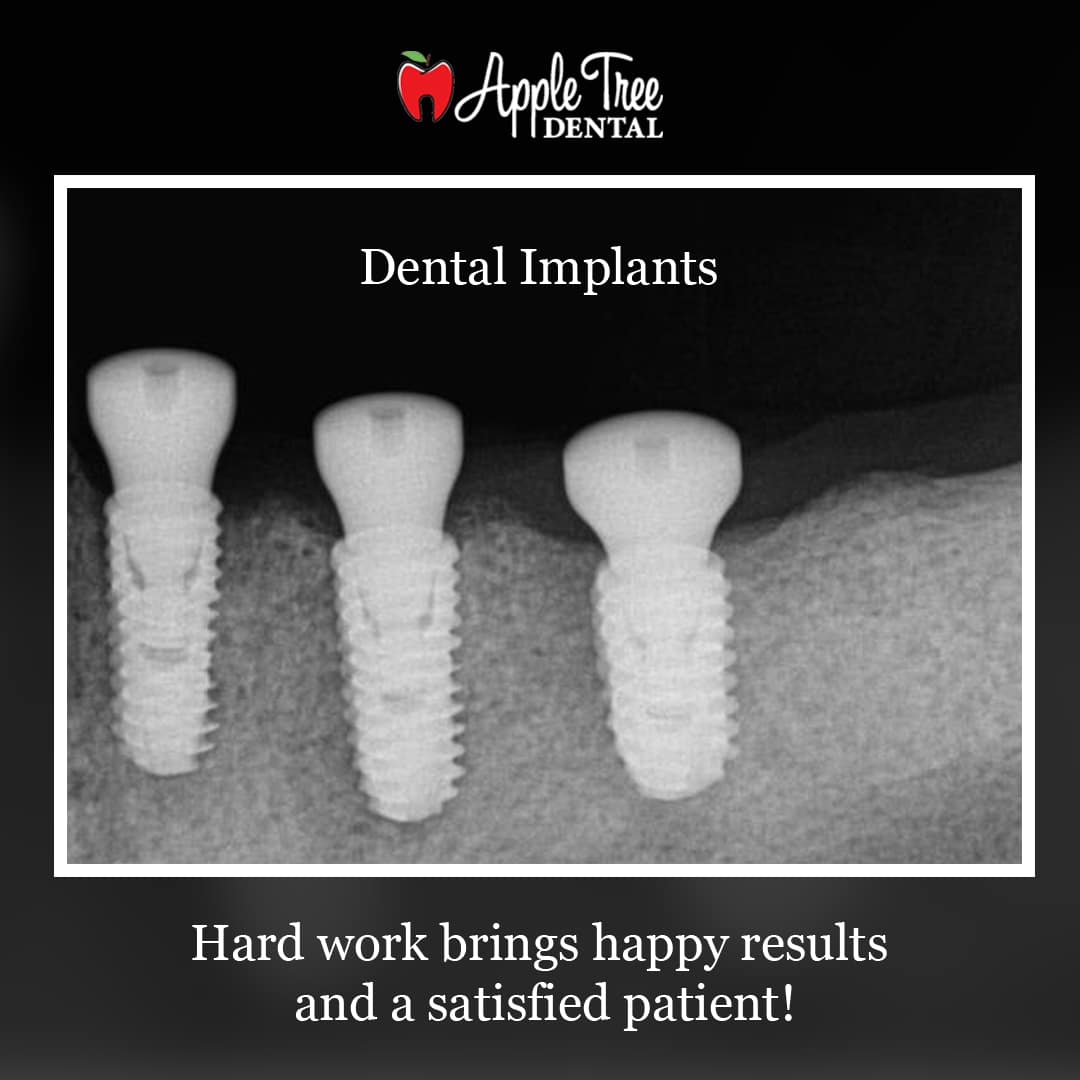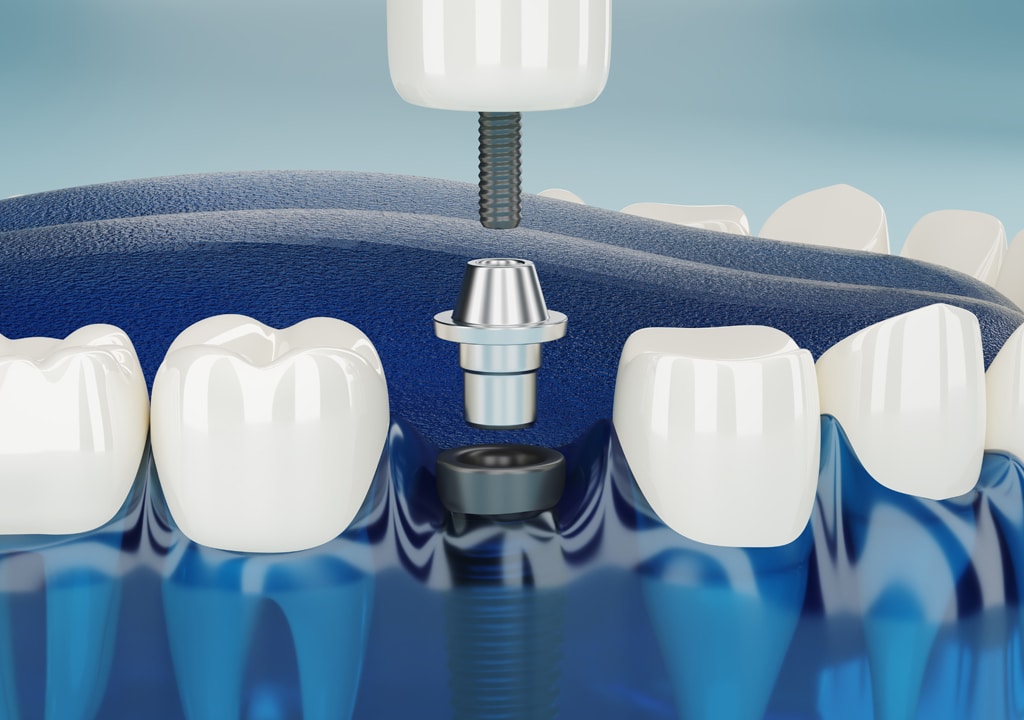Dental Care And Covid 19 – Spreading Facts Not Myths
Blog
Dental Care & COVID-19: Facts You Need to Know
Introduction:
We have compiled this article on Dental Care And Covid 19 – Spreading Facts Not Myths. The reference links are at the bottom of the article.
[1]One of the most significant public health concerns that have disquieted the whole world today is the novel Coronavirus. All the major and the minor countries have been suffering from this pandemic globally. Millions of people have been affected by this novel coronavirus, which has impacted individuals’ minds, bodies, and souls. Keeping all these in mind, maintaining health, and taking self-care are paramount in today’s scenarios. This includes oral health care as well. Even before this covid pandemic, the prevalence of oral health-related problems was at its peak. About 2.3 billion people suffer from untreated tooth decay, and almost 530 million children have primary tooth decay, according to the global burden of diseases 2017.
Along with the covid pandemic, dental caries is one of the biggest health care concerns. With this covid pandemic, the re-examinations of oral health have faced many new challenges and threats and new opportunities. With a simple search of “dentist near me, “numerous oral health care providers and dental health care are available near you. It has been shown that preventing oral health diseases can reduce the risk of covid 19 to a great extent. An experienced dentist will help you with proper screening and will help you reduce this risk of developing any oral health diseases significantly. In this blog, we will discuss specific protective measures in dentistry in the pandemic and provide you with some tips to reduce the prevalent oral health diseases.
Protective Measures In Dentistry
Health care professionals of every field inherit the new norms in this long-term impact of covid 19. This is also implemented in the field of dentistry. Dental professionals adapt to the new norms and methods to be included while providing oral health care to patients. Unlike the other life-threatening infectious diseases, usually bloodborne, coronavirus is an airborne disease. The mode of infection in coronavirus is why it poses a significant threat to humankind. So for this, many precautionary measures have been implemented. Strict and secure screening of the patients before entering the dental setups.
Proper temperature monitoring, oxygen saturation, and cold and flu are some of the most important aspects that have to be taken care of. This ensures that the patient entering the dental setup is not a carrier or an infected individual. Infection control facilities like hand sanitizers mask and social distancing are necessary. Reducing the amount of aerosol in the dental clinic is one of the most important precautions to be implemented. For this, the amount of aerosol production is reduced, the air is purified by regulating the use of air purifiers, and maintenance of proper ventilation across the rooms, and improved air conditioning are implemented. Procedures that include the patient’s blood and saliva, appropriate isolation methods are followed diligently. Many new health promotional strategies have been implemented for both the patients and the dentists to reduce the risk significantly.
Oral Hygiene And Covid 19
Poor oral health affects the mouth and significantly impacts our whole body. It also includes the increased risk of contracting covid 19. Coronavirus is an airborne infectious disease mainly found in saliva and nasal discharge. Coronavirus enters a person’s body through the nose and mouth. From there, they travel to the body, where they infect the healthy cells. These causes a sore throat and other related symptoms. Maintaining proper oral hygiene can significantly reduce this risk. Maintaining a balance between pathogenic and non-pathogenic bacteria is all we need to do. Along with basic covid guidelines of hand sanitisation, social distance maintenance, and avoiding repeated contact with your face and nose, maintaining proper dental hygiene is also very important. For this, follow these simple instructions.
- Be diligent with cleaning and disinfecting your toothbrush. Coronavirus may survive on the surface of a toothbrush for up to three days. So proper disinfection and cleaning of your toothbrush are critical. Rinse it with 0.5 percent hydrogen peroxide for at least 15 minutes. Before brushing, do not forget to rinse your brush with normal water.
- Replace your toothbrush every 3 months. This time can be reduced to even less in the covid pandemic, according to professionals.
- Store your toothbrush in a safe and hygienic environment. Dry it after every wash. This will eliminate the growth of bacteria on its surface.
- Regular use of antiseptic mouthwash will reduce the accumulation of bacteria in the mouth to a very great extent. This also helps in keeping your saliva healthy and pathogens-free.
- Have plenty of fluid within a day to boost your immunity and reduce the food accumulation in the mouth.
- Floss and brush daily. It will reduce plaque accumulation in the mouth.
[2]Regular oral hygiene is important for a healthy mouth and a healthy body. Regular cleaning of the tongue and teeth will help you in many ways. This covid pandemic has increased oral health care in many people. It has provided new opportunities, renewed interest, and increased awareness of oral self-care. This will ensure you with improved oral health gains in the long term. Along with all this, professional guidance and regular screening of your mouth are also essential. At Clove, we provide you with a safe and hygienic environment, along with the best dental health care needs.
Dentistry And Pandemic
Production and spread of aerosols are the prime and major reason that further leads to transmission of the disease. A lot of air-borne pathogens are produced during dental procedures causing consequent spread of the illness to dental health workers and subsequent patients. Also dental patients can carry the COVID-19 virus asymptomatically at the time of dental treatments. The droplets released from the dental treatment can survive for several hours in the air and ultimately be a potential source of multiple transmissions.
The Center for Disease Control (CDC) has proposed certain protocols for infection control mainly focusing on the blood-borne infections but the air-borne infection protocols are not well stated yet. Not only this, the pandemic has adverse effects on the economy of the dental community as well. The fear and apprehension of visiting dental clinics has increased among the patients since the outbreak of Covid-19. New health promotion strategies and policies are mandatory to be implemented to bring back patients to dental clinics so that needful treatment is done. The dentists around the globe need to unite together to combat the spread of this virus.
Protective Measures In Dentistry
It is mandatory to include protective measures and certain guidelines to control infection in dental setting. Dental offices will only be considered safe and infection free once the guidelines are implemented and followed strictly.
Teledentistry must be followed which should include tele-screening and tele-communication with the patients. The in-office appointments should only be allowed after tele-consultations. Proper history including history about any symptoms resembling a cold, flu, or even stomach/digestive issues, as well as about any recent travel should be verified over tele-communications. If the patient needs to visit dental office, they should be encouraged to wear masks and also to visit the clinics alone. There must be an appropriate interval between patients’ appointments in order to allow for enough time for disinfection and airing of the dental office which will help significantly to reduce possible aerosol contact between patients.
The waiting area should be made free of all common decorative, promotional, or unnecessary devices/ tools such as pamphlets, magazines, books, etc. The reception area should be disinfected at regular basis and should also have good ventilation. Immediately after entering the dental office one must sanitize his/her hands. For better information of the previous history of the patients questionnaires should be incorporated including questions of having a fever in the past 14 days, any reduced sense of smell or taste, having flu-like symptoms, cough, difficulty breathing, body ache or diarrhea, history of traveling to high risk areas or contact with people who have recently travelled to high risk areas.
Conclusion
Covid-19 has affected numerous aspects of our life including the dental practice as well. Dentists should stick to the new protocols and follow the newly proposed guidelines in order to prevent the infection. It is recommended that all dental practitioners and dental axillaries keep themselves updated as new scientific data evolves regarding COVID-19. Four-handed dentistry should be encouraged. Pandemics rarely occur, and practical experience gained will be a lifelong lesson for the volunteer. In fact, the fighting spirit of a volunteer working in risky operations instills a high moral esteem and self-confidence. The dangers of this crisis are devastating and clear. The change in the usual dental practice is the need of an hour. Non-emergency dental cases should be postponed or delayed to reduce the aerosol production during dental procedures.
Conclusion:
Thank you for reading this article and check back frequently for other dental health articles. Should you have any questions, please contact Apple Tree Dental today!
Article compiled by Apple Tree Dental
Article reference links
- https://clovedental.in/blog/dental-care-covid-19-spreading-facts-not-myths/ ↑
- https://www.ijohd.org/html-article/15518 ↑
How Can Child’s Oral Habits Affect Permanent Teeth
Blog
How Can Child’s Oral Habits Affect Permanent Teeth
Introduction:
We have compiled this article on How Can Child’s Oral Habits Affect Permanent Teeth. The reference links are at the bottom of the article.
[1]Giving importance to the child’s oral health is an essential point that the parents should never neglect right from the time they are born. It is a fact that when the baby’s teeth get replaced with permanent teeth, it still plays an essential role in the child’s oral hygiene. You should keep your children’s teeth healthy as they are the foundation of permanent teeth. Compromising such a necessary health factor could deteriorate the overall teeth of the children. There are many things that you must take care of from the very beginning of the child’s teeth journey as a parent.
According to WHO (World Health Organization) and the best dental clinic in Whitefield, almost 530 million or more children suffer from some sort of dental health condition of primary teeth (also known as milk teeth). One Of the leading causes of such issues is the ignorance of the parents of their child’s oral health. Parents often believe that the permanent teeth will replace the milk teeth so there would be no use in keeping up with their health. But on the contrary, it is not the fact. If you want your child to have complication-free, permanent teeth, it is necessary to take care of the child’s oral health seriously from the onset with no delay. The baby teeth or milk teeth significantly impact the development of the permanent teeth plus the overall dental health.
[2]Oral Health Problems In Children
Baby Bottle Tooth Decay
Baby bottle tooth decay (also called early childhood caries, nursing caries, and nursing bottle syndrome) happens when a baby’s teeth are in frequent contact with sugars from drinks, such as fruit juices, milk, formula, or any other sweet drink. If breastfed infants fall asleep with unswallowed milk in their mouth, they are also at risk for tooth decay. Bacteria in the mouth feed on the sugars, causing tooth decay.
If left untreated, decayed teeth can cause pain and make it difficult to chew and eat. Also, baby teeth serve as “space savers” for adult teeth. If baby teeth are damaged or destroyed, they can’t help guide permanent teeth into their proper position, possibly resulting in crowded or crooked permanent teeth. Badly decayed baby teeth could lead to an abscessed tooth, with the possibility of infection spreading elsewhere in the body.
How Do I Prevent Baby Bottle Tooth Decay?
Some tips to prevent baby bottle tooth decay include:
- During the day, to calm or comfort your baby, don’t give a bottle filled with sugary drinks or milk; instead, give plain water or a pacifier.
- Never dip your baby’s pacifier in sugar, honey, or any sugary liquid.
- Don’t put your baby to bed with a bottle filled with sugary drinks (watered-down fruit juice or milk still increases the risk of decay).
- If your baby is nursing at night, make sure you remove your breast from your baby’s mouth when they fall asleep.
- Don’t add sugar to your baby’s food.
- Use a wet cloth or gauze to wipe your baby’s teeth and gums after each feeding. This helps remove any bacteria-forming plaque and sugar that have built up on the teeth and gums.
- Ask your dentist about your baby’s fluoride needs. If your drinking water is not fluoridated, fluoride supplements or fluoride treatments may be needed.
- Teach your baby to drink from a cup by their first birthday. Moving to a “sippy cup” lowers the teeth’s exposure to sugars, but constant sipping from the cup can still result in decay unless it is filled with plain water.
Thumb Sucking
It’s normal and healthy for infants to suck their thumbs, fingers, pacifiers, or toys. Object sucking gives children a sense of emotional security and comfort. But if thumb sucking continues beyond the age of 5, when the permanent teeth begin to come in, dental problems can occur. Depending on the frequency, intensity, and duration of the sucking, the teeth can be pushed out of alignment. Your child may also have difficulty with the correct pronunciation of words. In addition, the upper and lower teeth can become misaligned and the roof of the mouth might become malformed.
Tips To Help Your Child Stop Thumb Sucking
First, remember that thumb sucking is normal and should not be a concern unless the habit continues as the permanent teeth begin to emerge.
Children must make the decision on their own to stop sucking their thumb or fingers before the habit will cease. To help toward this goal, parents and family members can offer encouragement and positive reinforcement. Because thumb sucking is a security mechanism, negative reinforcement (such as scolding, nagging, or punishments) are generally ineffective; they make children defensive and drive them back to the habit. Instead, give praise or rewards for time successfully avoiding the habit. Gradually increase the time needed without sucking to achieve the reward. The younger the child, the more frequent the rewards will need to be given. For children who want to stop, cover the finger or thumb with a band-aid as a reminder. Take the thumb or finger out of the mouth after your child falls asleep.
To help older children break the habit, you should try to determine why your child is doing it: Find out what stresses your child faces and try to correct the situation. Once the problem is gone, your child often finds it is easier to give up sucking. If this doesn’t work, there are dental appliances your child can wear in the mouth to prevent sucking. These appliances are cemented to the upper teeth, sit on the roof of the mouth, and make thumb sucking harder and less pleasurable.
Tongue Thrusting
Tongue thrusting is the habit of sealing the mouth for swallowing by thrusting the top of the tongue forward against the lips.
Just like thumb sucking, tongue thrusting exerts pressure against the front teeth, pushing them out of alignment, which causes them to protrude, creating an overbite, and possibly interfering with proper speech development.
If you notice symptoms of tongue thrusting, consult a speech pathologist. This person can develop a treatment plan that helps your child to increase the strength of the chewing muscles and develop a new swallowing pattern.
Lip Sucking
Lip sucking involves repeatedly holding the lower lip beneath the upper front teeth. Sucking of the lower lip may occur by itself or in combination with thumb sucking. This practice results in the same kinds of problems as with thumb sucking and tongue thrusting. Stopping the habit involves the same steps as for stopping thumb sucking
Early Tooth Loss
Premature loss of a child’s baby teeth typically occurs from tooth decay, injury, or lack of jaw space.
If teeth are lost before the permanent teeth come in, the nearby teeth can tip or shift. When a permanent tooth tries to emerge into its space, there may not be enough room. The new tooth may emerge tilted. Crooked or misaligned teeth can cause a range of problems, from interfering with proper chewing to causing temporomandibular joint problems.
If your child loses a tooth prematurely, your dentist may recommend a space maintainer. A space maintainer is a plastic or metal device that holds open the space left by the missing tooth. Your dentist will remove it once the permanent teeth begin to erupt.
Conclusion:
Thank you for reading this article and check back frequently for other dental health articles. Should you have any questions, please contact Apple Tree Dental today!
Article compiled by Apple Tree Dental
Article reference links
- https://dentalclinicinwhitefield.com/childrens-oral-habits-affect-their-permanent-teeth/ ↑
- https://www.webmd.com/oral-health/oral-health-problems-children ↑
Teeth Cleaning
Special Offer
Featured Services
Dental Brace Options
Blog
Dental Brace Options
Introduction:
We have compiled this article on Dental Brace Options. The reference links are at the bottom of the article.
[1]Adults are embracing orthodontia like never before.
A survey by the American Association of Orthodontists (AAO) showed that the rate of people over 18 with braces grew 14 percent from 2010 to 2012. That brought the number of adults with braces in the United States and Canada to over a million.
“We’re more concerned about our appearance and we’re more concerned about keeping our teeth,” says DeWayne McCamish, DDS, MS, AAO president.
[2]Underbites, overbites and teeth that are crooked, crowded or have large gaps can all be treated with braces. There are just as many options in braces as there are problems they solve.
Parents of today had far less choice as teenagers; it was just the standard metal braces available back then. Now, their children can be fitted with a range of different options in braces.
There Are 5 Main Types Of Braces Available Today:
- Metal braces
- Ceramic braces
- Lingual braces
- Clear aligners like Invisalign
Metal Braces
Metal or traditional braces are the most common type of braces world-wide and have been around for over 100 years now. In the past, braces were very bulky and noticeable. Luckily, braces today are nothing like what they were 100 years ago. Advances in innovation and technology have made braces:
- Smaller
- Faster
- More Comfortable
- More Effective
Metal braces are most popular among children and adolescent patients. They work by applying the braces to the teeth and connecting them with a wire. The wire is tied to the braces using elastic ties, which come in an array colors to choose from. To move the teeth, the orthodontist makes adjustments to the wire at your appointments every 4-8 weeks.
Unlike clear aligners like Invisalign which are removable, some parents and patients love metal braces because they do not need to remind their child to wear them. However, metal braces require care and attention and good oral hygiene is a must throughout treatment.
Ceramic Braces
Ceramic braces are braces made of clear, tooth colored material. They work in the same way as metal braces, but are more discreet and less visible. Ceramic braces are most popular among patients who do not think Invisalign or lingual braces are right for them, but who still want to straighten their teeth in an aesthetically driven way.
Compared to metal braces, ceramic braces are less noticeable and present an affordable alternative to metal braces. You should know, however, that these braces are also slightly larger than metal braces and can stain depending diet and brushing habits. They are not for everybody, but we believe they remain a valuable tool in our orthodontic tool-bag.
Lingual Braces
Lingual braces behind the teeth are the most specialized and least common orthodontic system on the market. This is because they require a different set of orthodontic skills that few orthodontists take the time to hone. Lingual braces, which are placed behind the teeth, are not typically taught during standard orthodontic training, so it’s often up to the individual Orthodontist in London, Ontario to gain proficiency through additional learning and experience.
We believe that lingual braces behind the teeth should be presented as an option to all eligible patients because they provide advantages that no other type of braces offer. These include complete invisibility, full customization to your specific teeth, as well as better efficiency and versatility in select patients.
Lingual braces behind the teeth are especially well-suited for adults who do not want noticeable braces, but also have complex orthodontic needs. We have also seen an increase in the popularity of braces behind the teeth among esthetically conscious adolescents.
While lingual braces offer many advantages, there are some things you should know before taking the leap! Because lingual braces are behind the teeth, some patients experience slight changes to their speech (lisps are common) and irritation to their tongue. These symptoms usually present shortly after the braces are applied and usually go away several weeks later as your mouth becomes accustomed to the new appliances.
Invisalign And Clear Aligners
Clear aligners have seen a surge in popularity in the last decade. They were popularized by Invisalign in the early 2000s, which slowly became the largest brand of aligners. In a way, they are what “Kleenex” is to facial tissues or “BandAid” to bandages.
It is clear why clear aligners and Invisalign are so popular right now:
- Clear and transparent
- Removable
- Allow for easier brushing and flossing
- Faster than braces for some limited treatments
- Require less appointments in some cases
- Shorter appointments are sometimes possible
Invisalign is great for patients who had braces when they were younger and just need a “touch up,” as well as for patients who have mild to moderate dental problems like misaligned teeth, large overbite, no jaw alignment problems, and who have gaps in their front teeth (open bite). But any clear aligner system including Invisalign has significant limitations compared to braces when addressing difficult problems or comprehensive treatments.
Conclusion:
Thank you for reading this article and check back frequently for other dental health articles. Should you have any questions, please contact Apple Tree Dental today!
Article compiled by Apple Tree Dental
Article reference links

